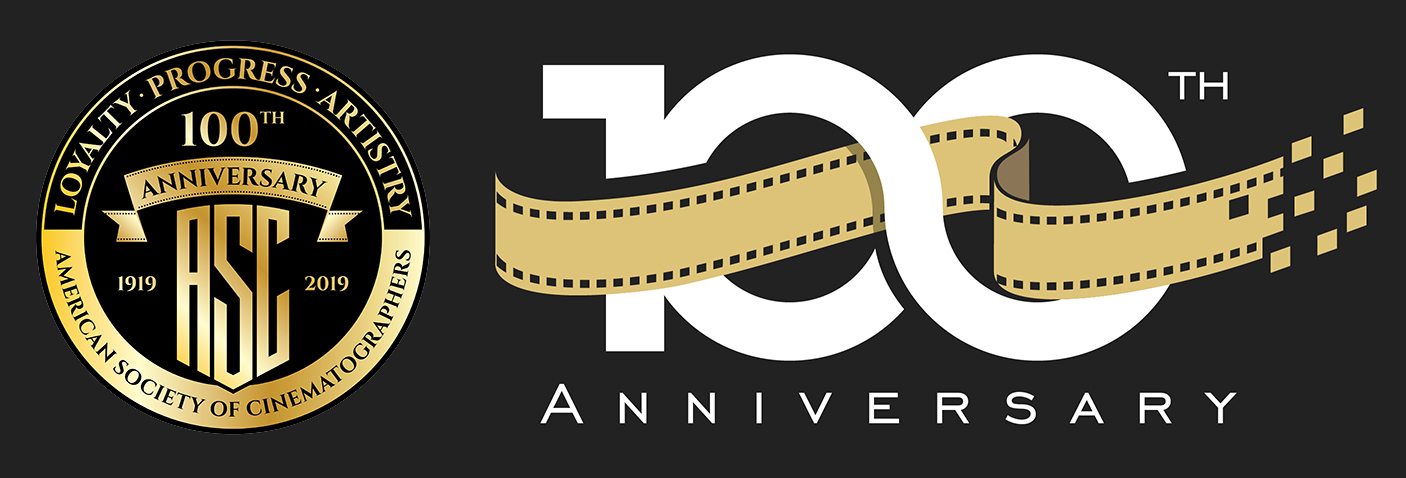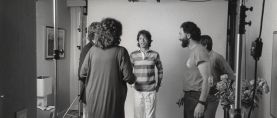
President’s Desk: Radical Optimism
What’s to come of our role as cinematographers? Will it diminish, or be robotized and made subservient to some master?

When you turn 100 years old, I suppose it’s natural that you’ll talk about the past. Let’s be honest, though: Few of us will reach that age, and for those of us who do, there likely won’t be much time left before we’ll transcend into the next phase of existence, beyond birth (being the first) and death (the second).
As the American Society of Cinematographers celebrates its centennial, a lot has been said about the past 100 years, and about the Society’s history and accomplishments over that time — which are indeed formidable. But the ASC won’t be “passing on” anytime soon. And so, perhaps, rather than talking about the past, it’s more appropriate to talk about the future, about the next 100 years.
In the ’50s, thoughts of the future inspired illustrations of flying automobiles, wristwatches with huge antennae for making phone calls, and airplanes that could fly around the world on batteries. Not all such predictions have materialized quite like they were imagined.
Similarly, it is hard to say what cinematography’s technology will look like in the next 100 years. Who knows? Lenses might break out of their present limitations imposed by physics, sensors might become obsolete technology, and “cinema” cameras — whatever that might come to mean — might be the size and shape of a tennis ball.
More importantly than the technology, though, what’s to come of our role as cinematographers? Will it diminish, or be robotized and made subservient to some master? It might be an altogether dark and foreboding future.
What rings more true, though, is that we will be busier than ever creating visuals — just as making phone calls from a wristwatch is now a common event (thankfully without the huge antenna).
When the founders of the ASC sought to describe our organization’s purpose and mission back in 1919, they agreed upon “Loyalty, Progress, Artistry” — words that remain embedded in our logo to this day. That mission has served us well over the past 100 years, and it will continue to reflect our intentions and goals just as well through the next 100 years and beyond.
Seeking context for the future, my thoughts wander down the path of Walt Whitman’s literary legacy. Amongst other philosophies, Whitman wrote of what has come to be known as “radical optimism” — radical referring for once not to politics but to fundamental nature, and optimism suggesting the positive potential of people. In the end, Whitman’s radical optimism speaks to what some describe as an “organic connection between human beings.”
So then, looking forward with Whitman in mind and inspired as ever by our 100-year-old mission, let us embrace our own kind of radical optimism. He often wrote from a dark place, but was nevertheless able to imagine the possibility of a much brighter time to come. May we similarly not lose sight of human connection, and always remember the power of “art and expression” to embody that connection.
As Whitman wrote in Leaves of Grass, “Resist much, obey little.”
And, as Confucius once said, “If you think in terms of a year, plant a seed; if in terms of 10 years, plant trees; if in terms of 100 years, teach the people.”

Kees van Oostrum
ASC President







